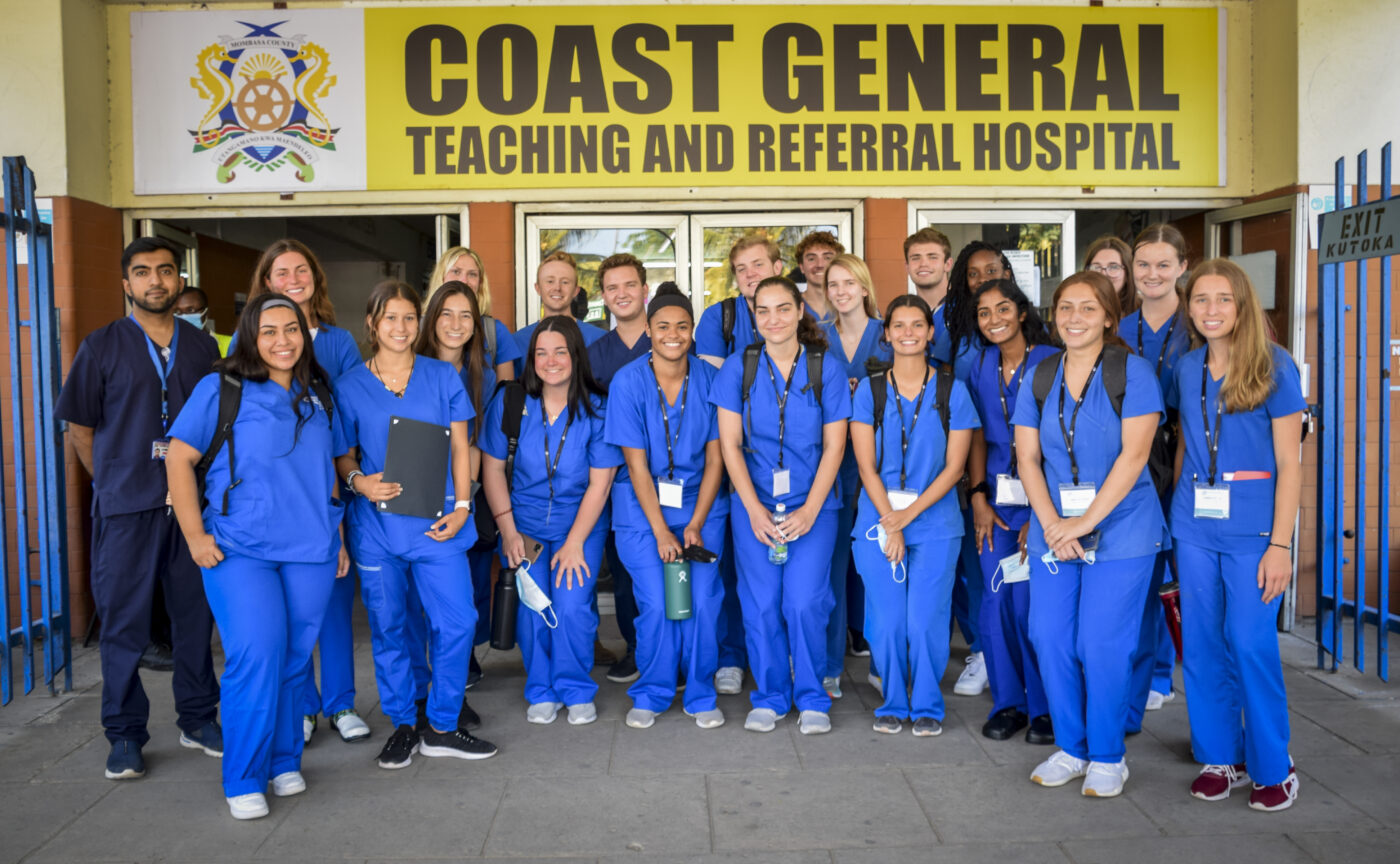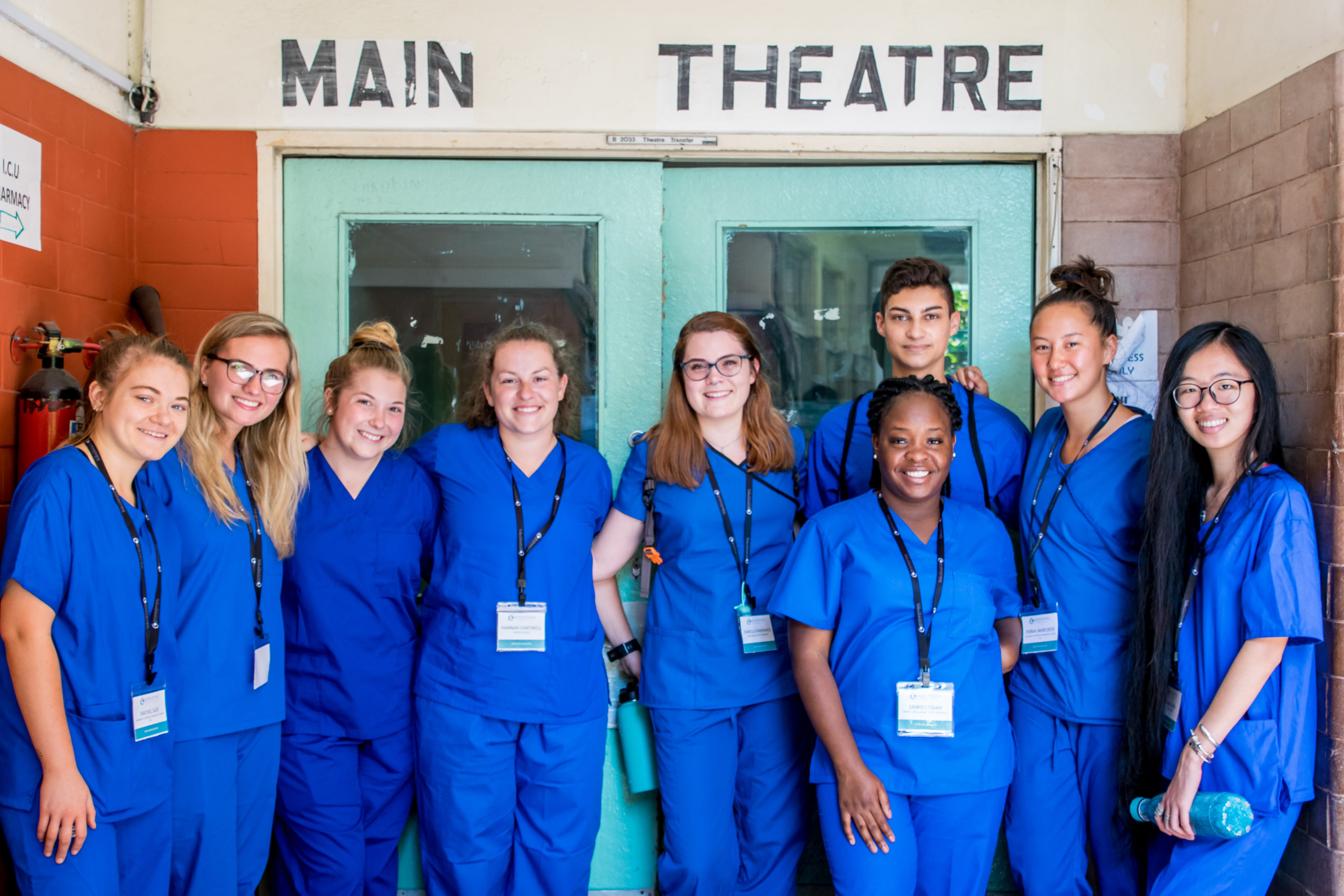Healthcare workers, most notably doctors, are perhaps the most altruistic professionals. But to get their degree and license, medical students must hurdle numerous challenges across all fronts.
As a start, getting into medical school isn’t exactly a walk in the park. Besides academic excellence, applicants must impress the schools with their pre-medical experience. This helps them weather through medical school with fewer worries.
Aspiring pre-medical students must prepare early to build their skills, knowledge, and motivation to earn their degrees. For high schoolers eyeing to enter the medical field, participating in pre-med programs is a great way to determine if they’re cut out for the profession.
Here’s a brief guide to pre-med program preparation for high schoolers.
What Are Pre-Med Programs?
Pre-med programs are short-term initiatives offered by schools, hospitals, and government-run medical organizations, such as the National Institute of Health (NIH) and the Centers for Disease Control and Prevention (CDC), to help prepare students for a medical career.
As such, these programs vary from school to school or institution to another. Some institutions charge certain fees for participating students, while some provide a stipend to successful completers.
For instance, some high school pre-med programs provided by colleges run for a few weeks and let participants experience life as pre-med students. The participants expected to stay in-campus and attend medical lectures and seminars at their own expense. Aspiring pre-medical students usually get a brief hands-on laboratory and hospital experience before the program’s conclusion.
Such activities mirror a student’s pre-med studies, often referring to the first four years of a pre-an aspiring medical student’s academic experience. Other pre-med programs for high school students will require them to spend hours with a clinical research team, but in limited capacities. You’ll find out more about these opportunities below.
Besides preparing young students for the actual medical coursework, these programs help allow them to choose their specialization. Such offers also help students decide whether they want to pursue a medical degree in the future.
As an aside, the average graduation rates for medical students in combined academic programs run from 81.6% to 84.3% and almost 96% for those completing medical degree programs exclusively, according to the American Association of Medical Colleges (AAMC).
Pre-Med Program Options
The medical field is expansive, and would-be physicians have several specialization options. As of 2021, over one million doctors are registered in the country, over half of whom have specializations.
Similarly, high school students eyeing to enter the medical profession can choose from these introductory short courses:
Pre-Med Programs for High School Students
Most school-based medical programs allow high school students to experience attending lectures, simulations, laboratory work, and patient care demonstrations. Because of such a learning modality, students are charged some fees before admission.
Conversely, some programs provide students with remuneration, like the eight-week High School Senior Summer Internship Program by the Cincinnati Children’s Hospital Medical Center.
Meanwhile, Stanford’s Medical Youth Science Program is free, but participants must belong to low-income and underrepresented families. The school also offers a pre-medical science program for high schoolers interested in medical research.
Pre-Med Research Programs
This program is perfect if you want to strengthen your medical research experience. As a team member, you’ll assist a medical research group in different capacities. You’ll be asked to interview patients for an ongoing medical trial or record participant details and information on the database. You’ll be guided by a mentor, who may ask you for a report or presentation at the end of your engagement.
You may also work on non-biomedical research programs. Although these activities don’t directly relate to biology, participants still get to work in a laboratory and familiarize themselves with research procedures. These science research programs will also boost your critical thinking and lab work skills, giving you an advantage over other pre-medical school applicants.
Volunteering in Hospitals
If you don’t qualify for such opportunities, volunteer to work in the nearest hospital or clinic. For example, the Cedars Sinai Hospital accepts high school volunteers 14 to 18 years old to observe patient care and administrative tasks through their Inspiring New Scientists through Professional Internships and Research Experience (INSPIRE) program.
How To Apply
Because the application process is highly competitive for such pre-med programs for high school students, it’s best to prepare early. For instance, the NIH’s 2023 Summer Internships in Biomedical Research opened mid-November 2022 to February 1, although the program doesn’t start until late May or early June.
Here are additional tips for seamless application:
- Check the organization, school, or hospital’s website for application requirements, eligibility, and process.
- Research more information and pick the program that provides you with the best experience.
- Contact the program administrator for more information and see if you can get in touch with any of the program’s recent alumni.
- If you have time, beef up your resume with relevant extracurricular activities.
Maximizing pre-med opportunities likewise means applying to as many programs as you qualify for.
Pre-Med Experience with Global Internships
Participating in pre-med programs is a crucial step for high school students aspiring to enter the medical field. While traditional programs offer valuable exposure, global internships provide an unparalleled opportunity to develop essential clinical skills, build cultural competence, and strengthen your medical school application. International Medical Aid (IMA) offers pre-med and medical internships abroad, allowing students to gain hands-on experience in diverse healthcare settings while making a tangible impact in underserved communities.
Why Choose a Global Internship?
Unlike classroom-based programs, IMA’s pre-med internships immerse students in real-world clinical environments, where they observe and learn from experienced physicians. Interns gain insight into diagnosing, treating, and managing a wide range of medical conditions, many of which are uncommon in the U.S. This exposure is invaluable in demonstrating your dedication to medicine while also preparing you for the challenges of medical school.
A key benefit of IMA’s internships is the comprehensive shadowing experience. Rather than just learning about medicine from textbooks, students work alongside doctors and other healthcare professionals in hospitals and clinics across East Africa, South America, and the Caribbean. This allows interns to witness firsthand the resilience and innovation required to provide healthcare in resource-limited settings.
Summer and Winter Pre-Med Internship Programs
We know that high school students have limited time to explore their interests in medicine before applying to college. That’s why IMA offers flexible Summer and Winter Pre-Med Internship Programs that align with school breaks, giving students the opportunity to fully immerse themselves in global healthcare without disrupting their academic year.
Summer Internships: Perfect for students looking to spend their break meaningfully, IMA’s summer programs allow participants to shadow physicians, assist in medical outreach programs, and gain hands-on exposure to healthcare challenges in developing regions. The experience provides a strong foundation for future medical studies while helping students stand out in competitive pre-med applications.
Winter Internships: If summer is too packed with other commitments, IMA’s winter internship programs provide an equally enriching experience. Over winter break, interns participate in patient care, public health initiatives, and medical service projects, gaining valuable clinical exposure while also making a difference in underserved communities.
Regardless of the season, IMA internships provide a structured and intensive learning experience that enhances students’ understanding of global healthcare systems and strengthens their medical school applications.
How to Make the Most of Your Internship
An internship is more than just a resume booster—it’s an opportunity to grow as a future healthcare professional. Here’s how to get the most out of your experience:
- Engage with Healthcare Professionals
Take the initiative to ask questions and learn as much as possible from physicians, nurses, and other medical staff. The more actively you participate, the more you’ll gain from the experience. - Immerse Yourself in the Local Community
One of the unique aspects of IMA’s global internships is the cultural exposure. Engage with local patients, observe different approaches to medicine, and appreciate how healthcare varies across different regions. This will help you develop the cultural competence that medical schools look for in applicants. - Take Notes and Reflect on Your Experience
Keep a journal of what you learn each day—whether it’s a medical case study, a unique patient interaction, or a new diagnostic method. These reflections will be invaluable when writing your personal statement for medical school applications. - Use the Experience in Your College Applications
Your experience with IMA’s pre-med internships will set you apart from other applicants. Highlight your clinical exposure, patient interactions, and global healthcare experience in your college essays and interviews to demonstrate your commitment to medicine.
Learn from Past Interns
Many students who have completed IMA’s programs have gone on to attend top medical schools. Reading their experiences can give you a better idea of what to expect and how to maximize your internship. Check out IMA’s alumni testimonials to hear directly from past interns about how the program shaped their medical careers.
Start Your Journey Today
Participating in an IMA pre-med internship is one of the best ways to gain real-world medical experience, strengthen your application, and develop critical skills for a career in healthcare. Whether you choose a summer or winter internship, you’ll gain invaluable insight into global medicine while making a lasting impact on the communities you serve.
For more details on program dates, locations, and fees, visit How IMA Works and explore the Pre-Med Internship Program today!
Final Thoughts
Applying for a pre-med program may not be as challenging as getting into medical school, but it is still competitive. Submit a stellar application with a resume showing your commitment, motivation, and passion for entering the medical field, even at a young age.
Whether you get paid or not for such high school programs, choose the track that provides you with the most knowledge and experience in the subject you’re most interested in.





